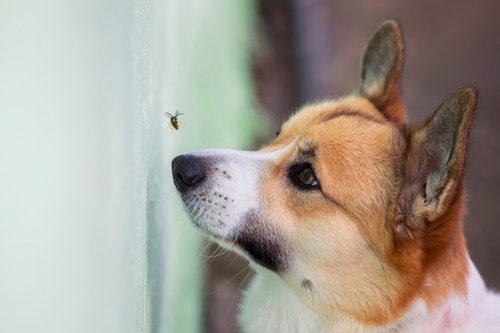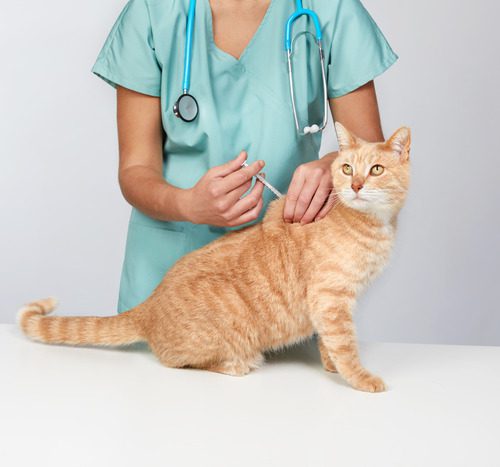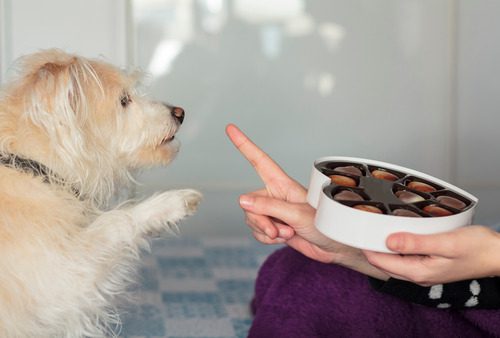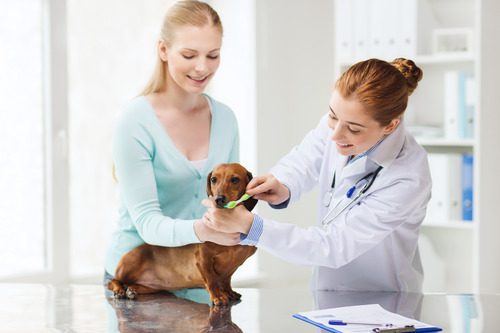Discovering your dog has been stung by a bee can be a worrying moment. It’s normal to feel unsure about what steps to take next. This article aims to guide you through the immediate actions to consider and explains the importance of reaching out to professionals like those at South Loop Animal Hospital in Chicago, IL. Remember, while this article offers guidance, it’s essential to consult a vet for any health concerns about your pet. For personalized advice, call South Loop Animal Hospital at (312) 753-5551 or book an appointment online.

Understanding Bee Stings in Dogs
Bee stings in dogs can vary in severity depending on the location of the sting and your dog’s reaction to it. Most bee stings will cause some pain and swelling, but in some cases, they can lead to more serious complications. It’s crucial to monitor your dog closely after a bee sting and to know when professional help is needed.
Immediate Signs of a Bee Sting
- Localized Swelling and Redness: The most common sign of a bee sting is a swollen, red area where your dog was stung.
- Pawing at the Face or Bitten Area: Dogs often try to soothe the sting by pawing at their face or the area where they were stung.
- Whining or Agitation: Your dog may become noticeably more agitated or start whining, which is a clear indicator of discomfort.
When to Seek Veterinary Attention
While most bee stings will only cause temporary discomfort to your dog, there are signs that you should watch for that indicate a need for immediate veterinary care:
- Excessive Swelling: If the swelling spreads or becomes severe, it could impede your dog’s breathing or cause other complications.
- Allergic Reaction: Symptoms such as difficulty breathing, severe coughing, or collapse are emergencies.
- Repeated Stings: Multiple stings can pose a significant risk to your dog’s health.
How South Loop Animal Hospital Can Help
At South Loop Animal Hospital, we’re equipped to provide your pet with the care they need following a bee sting. Our team of veterinary professionals can assess your dog’s condition, administer treatment, and offer advice on how to prevent future incidents. We will thoroughly assess your dog’s reaction to the sting and can administer treatments to reduce pain, swelling, and prevent allergic reactions. In severe cases, more intensive treatments may be required.
Preventative Advice and Care
We can also offer guidance on how to reduce your dog’s exposure to bees and what steps you can take at home to minimize the risk of stings. This includes advice on avoiding areas where bees are commonly found and how to safely remove your dog from a situation where bees are present.
Preventing Future Bee Stings
Prevention is always better than cure. Here are some practical steps you can take to minimize the risk of your dog being stung by a bee in the future.
- Regularly inspect your yard for bee hives or nests. If you find any, consider hiring a professional to safely remove them.
- When walking your dog, try to avoid areas known for high bee activity, especially during blooming seasons when bees are most active.
- Training your dog to come to you or leave an area when they encounter bees can help prevent stings.
South Loop Animal Hospital: Your Partner in Keeping Your Pet Safe
Bee stings in dogs are a common concern for pet owners. While most stings are not serious, it’s important to know how to react and when to seek veterinary care. South Loop Animal Hospital in Chicago, IL, is here to help. Our team is ready to provide your dog with the care they need following a bee sting and offer advice on preventing future incidents. If your dog has been stung by a bee, or if you have concerns about your pet’s health, call us at (312) 753-5551 or book an appointment online. Your pet’s health and well-being are our top priorities.







